Flavor characteristics of coffee beans treated by wine barrel fermentation introduction to the production process of Shirley barrel coffee beans
Guide reading
When you drink a very strong alcoholic flavor of coffee, you will think how incredible it is. This kind of coffee with obvious alcoholic aroma is fermented through a barrel. So how does it deal with it?
The earliest barrels of wine fermented coffee
The first to use buckets to ferment coffee is the Columbia San Jose estate, the owner of the San Jose estate in addition to the coffee estate, but also engaged in the production of rum oak barrels and the production of rum. Once his wife Monsalve Botero had an idea when she was helping to fill the distillate into a barrel to ferment. If the coffee beans were fermented in the finished oak barrel, could they also produce the same flavor as the wine?
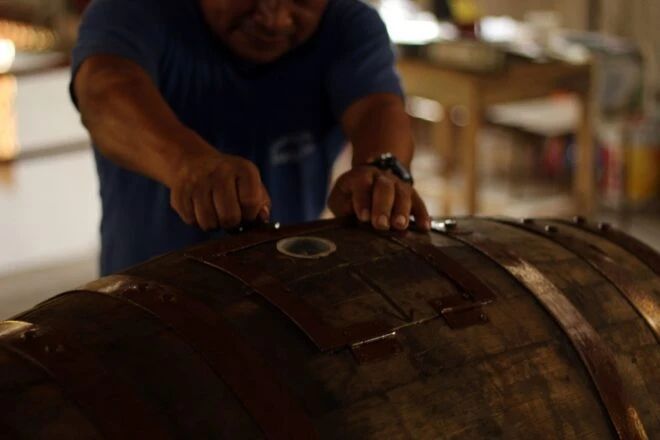
As a result, Monsalve Botero has been experimenting with low-temperature fermentation of coffee using Colombian oak barrels that do not have a vintage since 2013. So in 2017, she successfully produced the ideal combination she wanted.
Rum barrel fermentation with delicate water washing
The owner of the San Jose manor chose the coffee beans of the Castillo variety (Castillo), hand-selected the ripe coffee fruit, washed the coffee peel and pulp for the first time, and then fermented it in water for 20 hours to let the residual pectin fall off. Then put into the oak barrel of rum for more than 8 years, leave the beans in the barrel for three months, tumble once a day, and evenly absorb the aroma of the wine. During this period, the coffee beans in the bucket will be sampled every 30 days to ensure the degree of fermentation and whether the wine is fully absorbed.
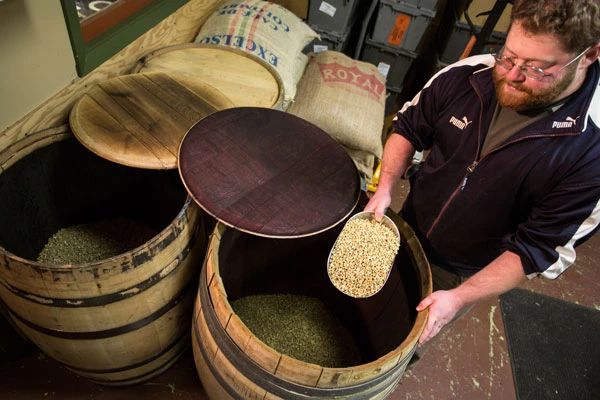
After fermentation, the rum-flavored coffee beans will be dried in the greenhouse, and the average temperature in the greenhouse can avoid secondary fermentation caused by the high temperature caused by the African scaffolding sun.
In addition to rum barrel fermentation, San Jose Manor also offers sun-tanned rum barrel fermented coffee.
Fine sun rum barrel fermentation
Similarly, first of all, the ripe coffee fruit is selected by hand and the African high bed is used for sun treatment. Then put into the oak barrel of rum for more than 8 years, leave the beans in the barrel for three months, tumble once a day, and evenly absorb the aroma of the wine. During this period, the coffee beans in the bucket will be sampled every 30 days to ensure the degree of fermentation and whether the wine is fully absorbed.
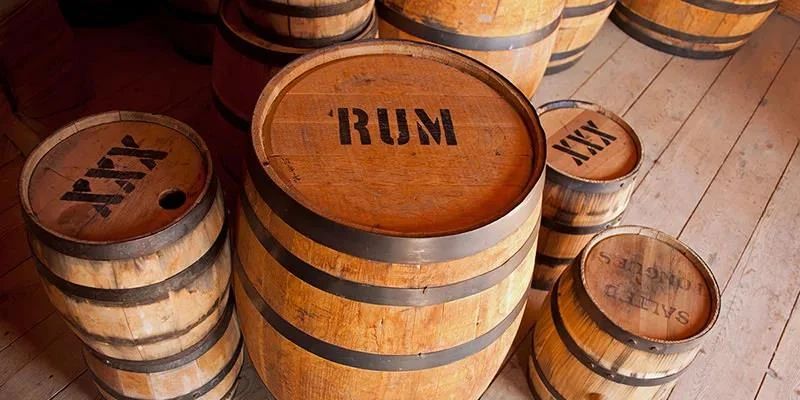
Rum is distilled from sugar cane and poured into American oak barrels for aging, so oak barrels of a certain age will also absorb the aroma of the wine. When these old rum barrels are used for coffee treatment, the coffee beans will absorb the wine on the barrel and bring out the flavor of rum and chocolate.
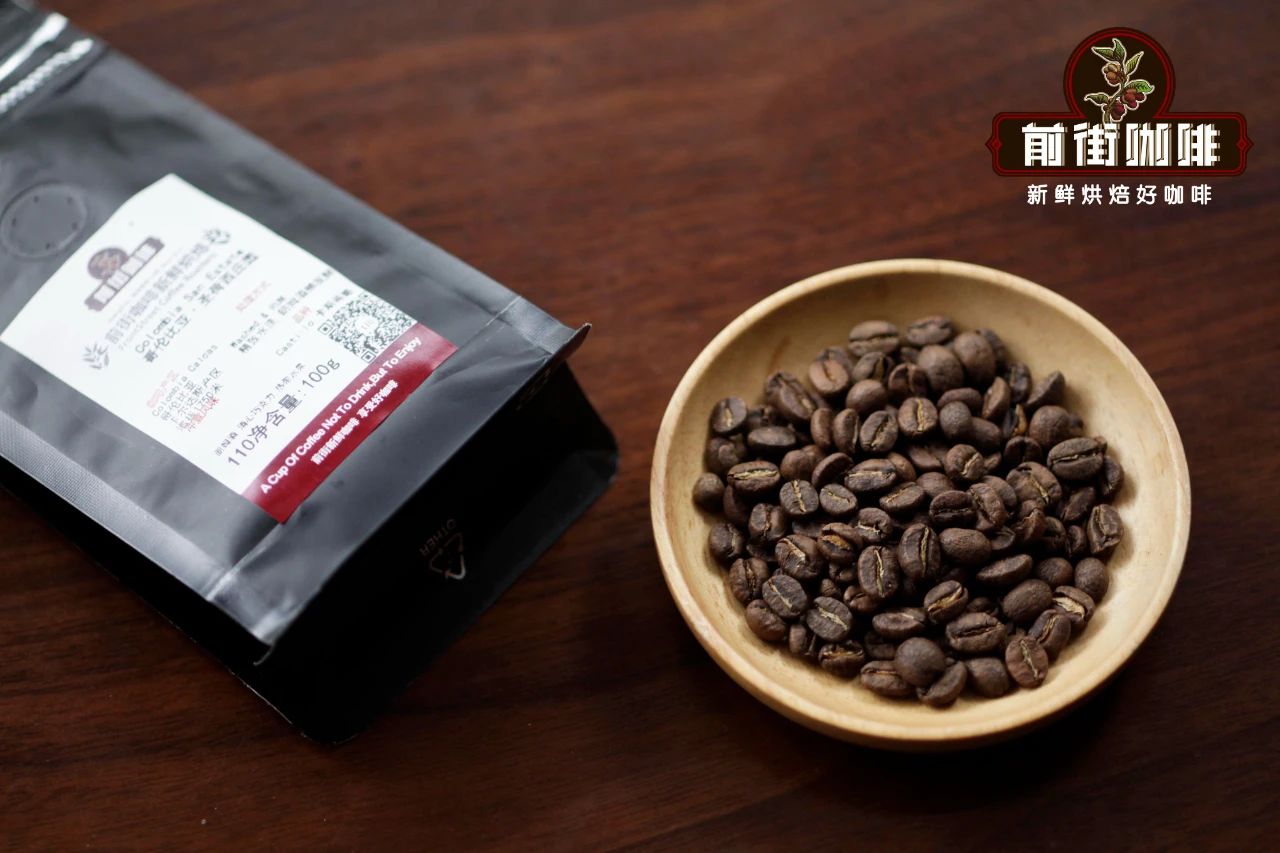
In addition to rum barrel fermentation, there are sherry barrel fermentation and brandy barrel fermentation. The Moca Manor in Honduras is the most representative of these two treatments.
Fine washed whisky Shirley barrel fermentation
The Shirley Coffee at Mocha Manor uses a delicate washing whisky Sherry barrel to ferment. The freshly picked coffee fruit is carefully washed, then put into a barrel ripe into sherry and fermented at a low temperature for 30-40 days (about 15-20 ℃), before drying in the shade. Shirley buckets are used by the Sherry winery in the whisky industry to make aged buckets.
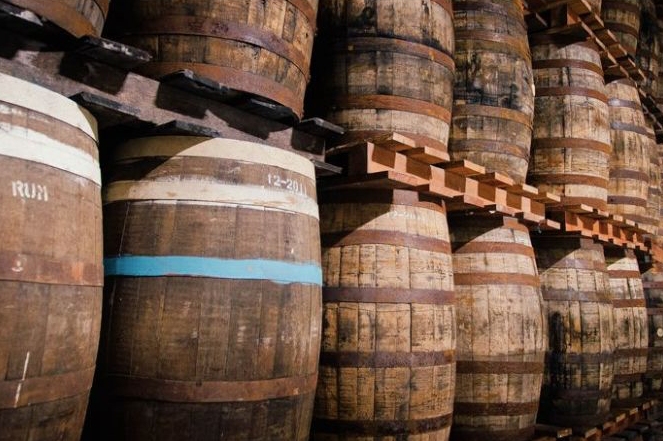
Sherry goes through the ripening process of Solera system Solera System in the process of brewing sherry. This process refers to the process of mixing and aging different vintages of sherry after strengthening, which is also the unique feature of the formation of sherry flavor. Shirley coffee beans have aromas of sherry, vanilla and cream.
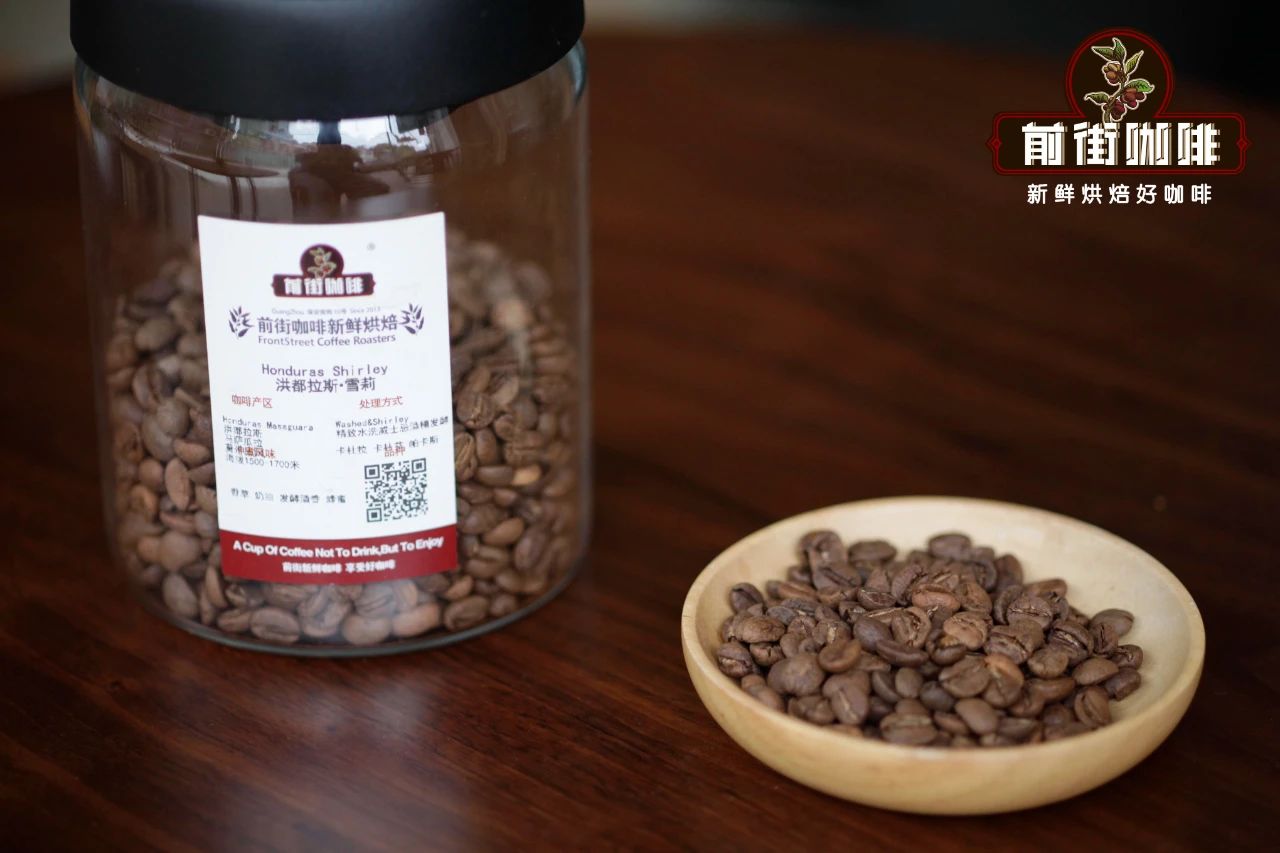
Delicate washing brandy barrel fermentation
The lychee orchid coffee at Mocha Manor is fermented in a delicate water-washed brandy barrel. First, the freshly picked coffee fruits are carefully washed, then put into brandy oak barrels and fermented at low temperature for 30-40 days (about 15-20 ℃), so that the coffee beans absorb the flavor of the barrel, and finally dry in the shade. After brandy barrel fermentation, the beans have soft lychee and honey aromas, combined with alcoholic brandy and oak aromas.

Important Notice :
前街咖啡 FrontStreet Coffee has moved to new addredd:
FrontStreet Coffee Address: 315,Donghua East Road,GuangZhou
Tel:020 38364473
- Prev

What factors will affect the taste of hand-brewed coffee? Is there a relationship between alcohol thickness and concentration?
The taste refers to the touch of the mouth, which is different from the taste. This is also part of the sensory experience of coffee. Generally speaking, the taste is reflected in the mellow thickness, so which factors of hand-brewed coffee will affect the taste of coffee? Alcohol thickness concentration many people mistakenly think that alcohol thickness is concentration, the thicker the caffeine, the higher the thickness. In fact, this is not accurate, the concentration is for coffee.
- Next
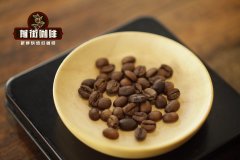
All kinds of coffee extraction and brewing methods what is the difference between hand Chongkui coffee and coffee machine
Coffee is one of the three major drinks in the world. From ancient times to the present, coffee-drinking areas have developed a form of brewing. In this issue, baristas will take an inventory of the ways in which coffee is made. At present, the extraction method of coffee can be divided into immersion extraction.
Related
- Beginners will see the "Coffee pull flower" guide!
- What is the difference between ice blog purified milk and ordinary milk coffee?
- Why is the Philippines the largest producer of crops in Liberia?
- For coffee extraction, should the fine powder be retained?
- How does extracted espresso fill pressed powder? How much strength does it take to press the powder?
- How to make jasmine cold extract coffee? Is the jasmine + latte good?
- Will this little toy really make the coffee taste better? How does Lily Drip affect coffee extraction?
- Will the action of slapping the filter cup also affect coffee extraction?
- What's the difference between powder-to-water ratio and powder-to-liquid ratio?
- What is the Ethiopian local species? What does it have to do with Heirloom native species?

